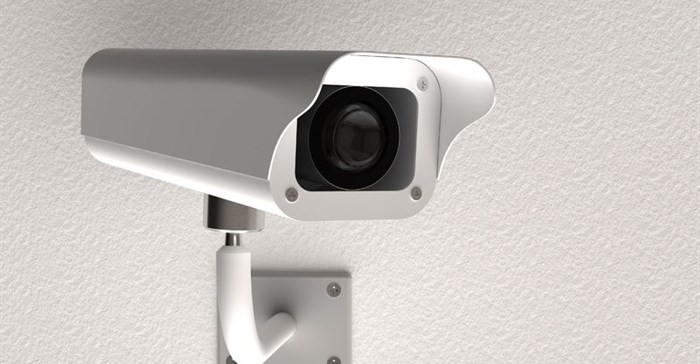Trending




 6 tips to help scale up your small businessGrant Lapping
6 tips to help scale up your small businessGrant Lapping Honor rises to number one in China with excellent Magic6 ProLindsey Schutters
Honor rises to number one in China with excellent Magic6 ProLindsey Schutters
Elections 2024
Mine security - as vital today, as always

Mines are probably one of the most difficult places to install a camera with extreme heat, UV radiation, humidity, dust and access to reliable power only a few of the critical factors needing to be taken into account. But, as important as the correct security solution is, cost does remain a key consideration. However, one needn’t compromise on quality or the latest technology. It is important to analyse the complete total cost of ownership (TCO) of any proposed solution with the real cost often not the actual procurement, in this case the cost of the camera, but rather factors such as installation, compression of data, product longevity and long term maintenance.
Roy Alves, business development manager, MEA, Axis Communications shares some features and benefits of the latest in network video technology making a difference in daily operations across Africa’s mining industry.
Explosion protected cameras
Applicable to high hazard areas, including mining, explosion-protected cameras and accessories are encased in stainless steel housings, while still providing superior HDTV resolution image quality. With only certain unique areas having this requirement, explosion protected cameras are typically suited to hazardous areas where, for example, flammable liquids, vapours, gasses or combustible dusts will occur in sufficient quantities to cause a fire or explosion.
Producing explosion-protected cameras and accessories is a highly specialised process, making it vital to ensure that your chosen vendor is capable of providing a complete solution capable of meeting this particular need.
Increased data retention
Whereas previously the requirement was for footage going back a mere seven days, requests are now to supply video history as far back as six months. However, the cost of this can be staggering. Leading technology allows for the lowering of bandwidth and storage requirements by, on average, 50% without sacrificing resolution, frame rate or forensic details. If you can economically store and compress data for longer periods, at a higher resolution, it starts to make financial sense.
It is possible to dynamically change the way one views fields of interest by focusing on areas that have activity while compressing areas with no activity. Technology also exists that allows one to record and back up directly onto the cameras, removing the risk of anyone breaking into the facility and switching off the recorder which would ordinarily have resulted in lost footage.
Electronic image stabilisation
The mounting of cameras on high surfaces, such as a pole, brings with it certain challenges. Wind causes the camera to move, changing its field of focus. Electronic image stabilisation technology stabilises the image, keeps the intended reference point and provides a static image.
Operator vs intelligent technology
With more and more cameras being installed, it has become virtually impossible for anyone looking at multiple screens to monitor everything efficiently. Analytics – the ability for technology to monitor and analyse data, automatically notifying the relevant party of any change or cause for concern, is vital.
Light finder technology
Enabling more life-like colours in low-light conditions it allows for superior image quality with automatic adaption from sunlight to darkness, providing detail across both dark and bright areas simultaneously. When it comes to forensic analysis, a black and white or shades of grey image, captured at night, will not stand up in court. You need to be able to see the exact detail of, for example, a red shirt and blue hat.
Wide dynamic range
Able to be used in conjunction with light finder technology, wide dynamic range (WDR) manages a wide range of different lighting conditions within a single scene. Typical examples include an object or person standing in front of a bright window. Whereas a standard camera would produce an image with objects in dark areas barely visible, WDR solves this by applying various techniques to enable objects in both bright and dark areas to stand out.
“We have a lot of sunlight in South Africa. While we know to take photographs with the light source behind us, this is problematic in security situations due to the sun always moving. WDR enables the scene to be analysed, lighting dark areas or darkening light ones. An image of someone walking into an entrance, wearing a hat and jacket and with a lot of sunlight and glass behind them will ordinarily result in nothing more than a shadow being captured. WDR negates this risk, allowing for forensic capture,” says Alves.
Technology continues to evolve. The move from analogue to IP technology, which started a number of years ago, has continued with far reaching consequences and benefits for today’s mining sector.









